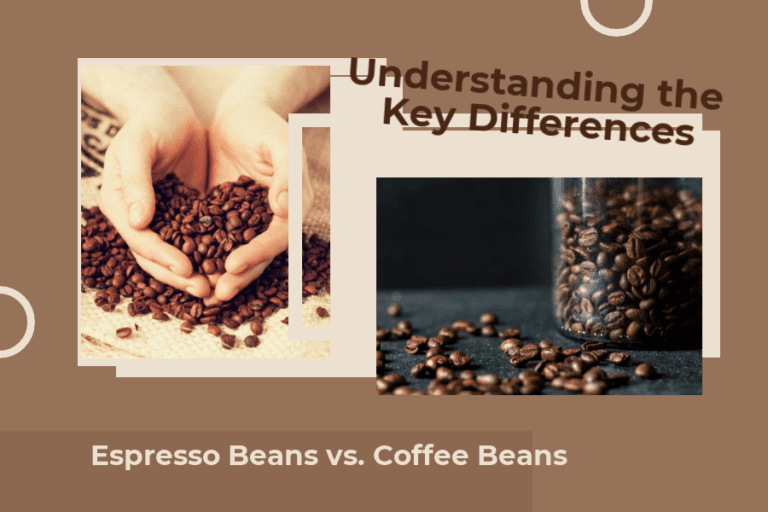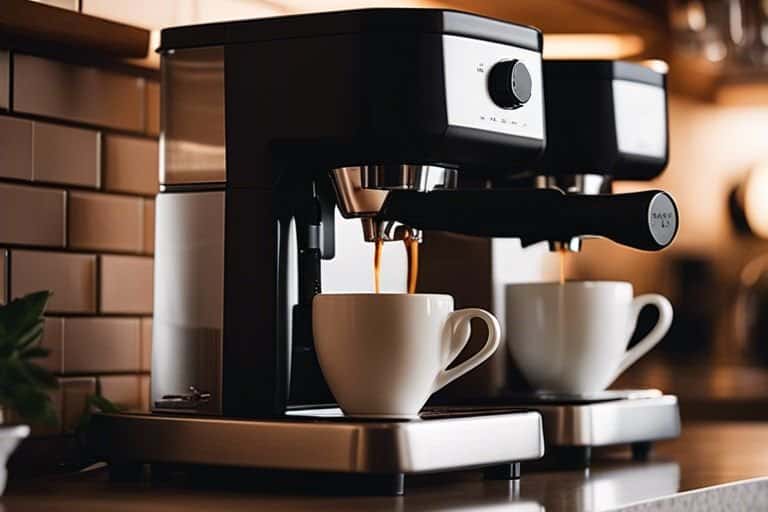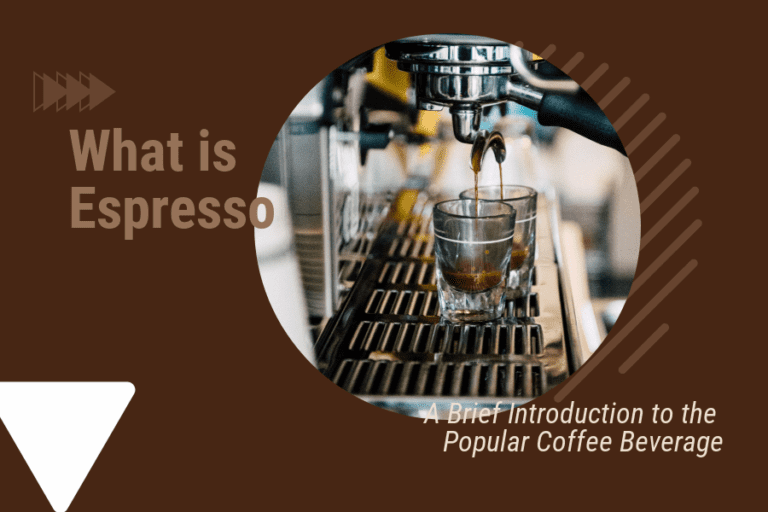Caffeine in Espresso Beans: How Much is in Your Cup?
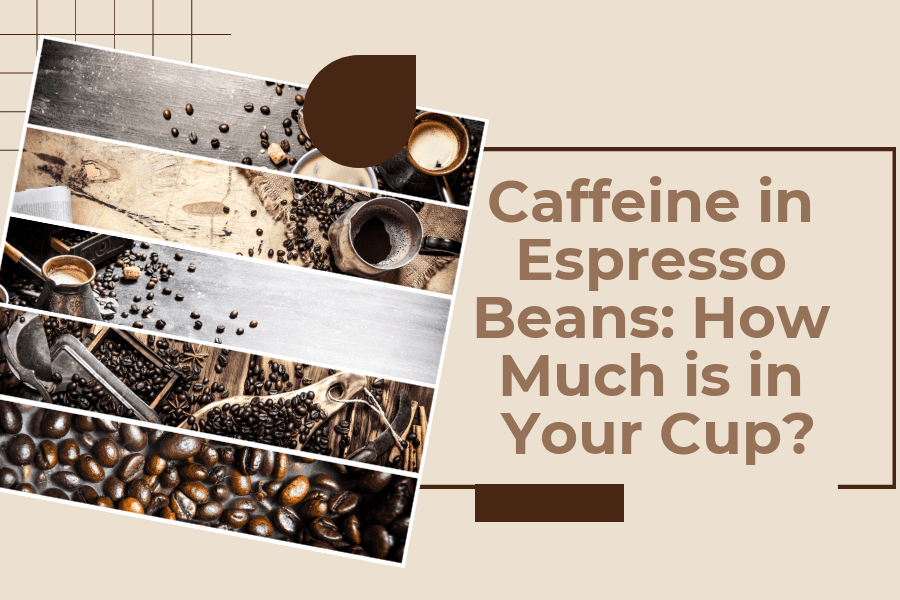
Caffeine is a naturally occurring stimulant found in coffee beans. It is a popular ingredient in many beverages and is often used to help people stay alert and focused. Espresso is a type of coffee that contains higher levels of caffeine than regular coffee. In this article, we will explore the topic of caffeine in espresso beans and its effects on the body.
Espresso is made by forcing hot water through finely ground coffee beans. Because the water is in contact with the coffee for a shorter amount of time than in regular coffee brewing, the resulting drink is more concentrated and has a higher caffeine content per ounce. While the caffeine content of espresso can vary depending on the type of beans used and the brewing method, it is generally accepted that a single shot of espresso contains around 63 milligrams of caffeine.
While caffeine is generally safe for most people when consumed in moderation, it can have negative effects on some individuals, including increased heart rate, anxiety, and difficulty sleeping. It is important to be aware of the amount of caffeine you are consuming and to listen to your body’s reactions. In the next sections, we will delve deeper into the effects of caffeine on the body and the potential benefits and drawbacks of consuming espresso.
What is Caffeine?
Caffeine is a naturally occurring stimulant found in various plants, including coffee beans. It is a central nervous system stimulant that can increase alertness and reduce fatigue.
When we consume caffeine, it is absorbed into our bloodstream and travels to our brain. There, it blocks the action of adenosine, a neurotransmitter that promotes sleep and suppresses arousal. This leads to an increase in the activity of other neurotransmitters, such as dopamine and norepinephrine, which can improve mood, increase focus, and enhance physical performance.
The amount of caffeine in espresso beans can vary depending on the type of bean and the method of preparation. Generally, a single shot of espresso contains around 63 milligrams of caffeine, while a double shot can contain up to 125 milligrams. However, it is important to note that individual tolerance to caffeine can vary, and excessive consumption can lead to negative side effects such as anxiety, insomnia, and digestive issues.
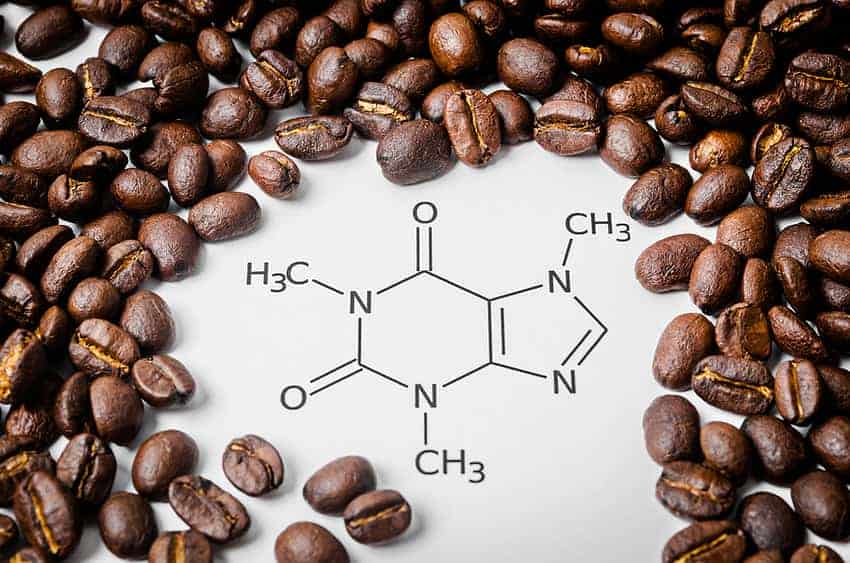
How Much Caffeine is in Espresso Beans?
Espresso is a concentrated form of coffee that is popular all over the world. One of the main reasons people drink espresso is for the caffeine content, which can help to increase alertness and focus. In this section, we will take a closer look at how much caffeine is in espresso beans and what factors can affect this amount.
Factors Affecting Caffeine Content
The amount of caffeine in espresso beans can vary depending on a number of factors. One of the main factors is the type of bean that is used. Arabica beans, which are the most commonly used for espresso, typically have less caffeine than Robusta beans. However, the brewing process can also affect the caffeine content. If the espresso shot is pulled for a longer time, it will have more caffeine than a shorter shot. Additionally, the fineness of the grind can also play a role in the caffeine content, as a finer grind can extract more caffeine from the beans.
Comparison with Other Coffee Beans
Espresso beans typically have more caffeine than other types of coffee beans because they are roasted for a shorter time and ground more finely. However, the amount of caffeine can still vary depending on the factors mentioned above. For example, a shot of espresso can have anywhere from 30-50mg of caffeine, while a cup of drip coffee can have 95-165mg of caffeine. It’s important to keep in mind that everyone’s tolerance to caffeine is different, so it’s best to start with a small amount and see how your body reacts.
Effects of Caffeine in Espresso Beans
Positive Effects
We all know that caffeine is a stimulant which can help us feel more alert and awake. When we consume espresso beans, the caffeine can help us stay focused and improve our cognitive performance. It can also help us feel less tired and improve our physical endurance.
In addition to these benefits, caffeine has also been shown to have a positive effect on our mood. It can help us feel more positive and less anxious, which can be particularly helpful during stressful times.
Negative Effects
While there are many positive effects of caffeine, it is important to note that there can be negative effects as well. Consuming too much caffeine can lead to jitteriness, anxiety, and difficulty sleeping. It can also cause headaches and stomach upset in some people.
It is important to be mindful of our caffeine intake and to consume it in moderation. For most people, a moderate amount of caffeine is safe and can provide benefits without causing negative side effects. However, it is always a good idea to talk to your healthcare provider if you have any concerns about your caffeine consumption.
Conclusion
After conducting extensive research on caffeine in espresso beans, we have come to several conclusions. Firstly, espresso beans contain a higher concentration of caffeine compared to regular coffee beans. This makes them a popular choice for those looking for a quick energy boost.
Secondly, the amount of caffeine in espresso beans can vary depending on factors such as roast level, origin, and brewing method. It is important to note that the caffeine content listed on packaging may not always be accurate.
Thirdly, while caffeine can have several benefits such as increased alertness and improved athletic performance, it can also have negative effects such as anxiety and sleep disturbances. It is important to consume caffeine in moderation and be aware of personal tolerance levels.
In conclusion, espresso beans can be a great source of caffeine for those looking for a quick energy boost. However, it is important to be aware of the varying caffeine content and potential negative effects. As with any food or beverage, moderation is key.
RECOMMENDED READS
Best Espresso Beans: Top Picks for Rich and Bold Flavor
Espresso Concentrate: How to Make and Use It
Espresso Beans vs. Coffee Beans: Understanding the Key Differences
